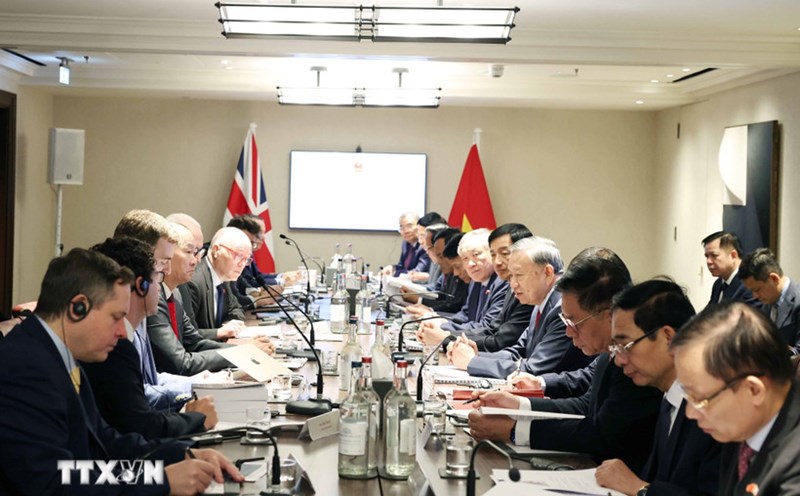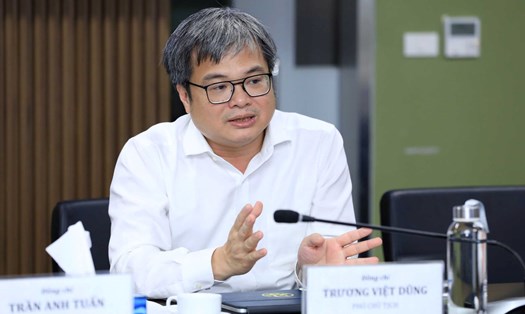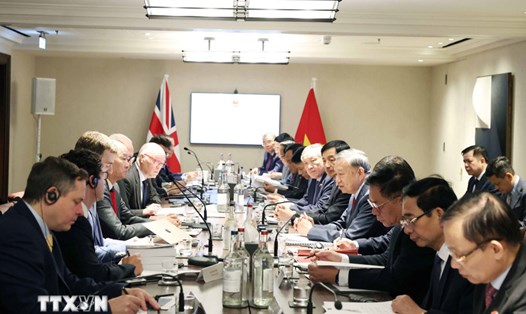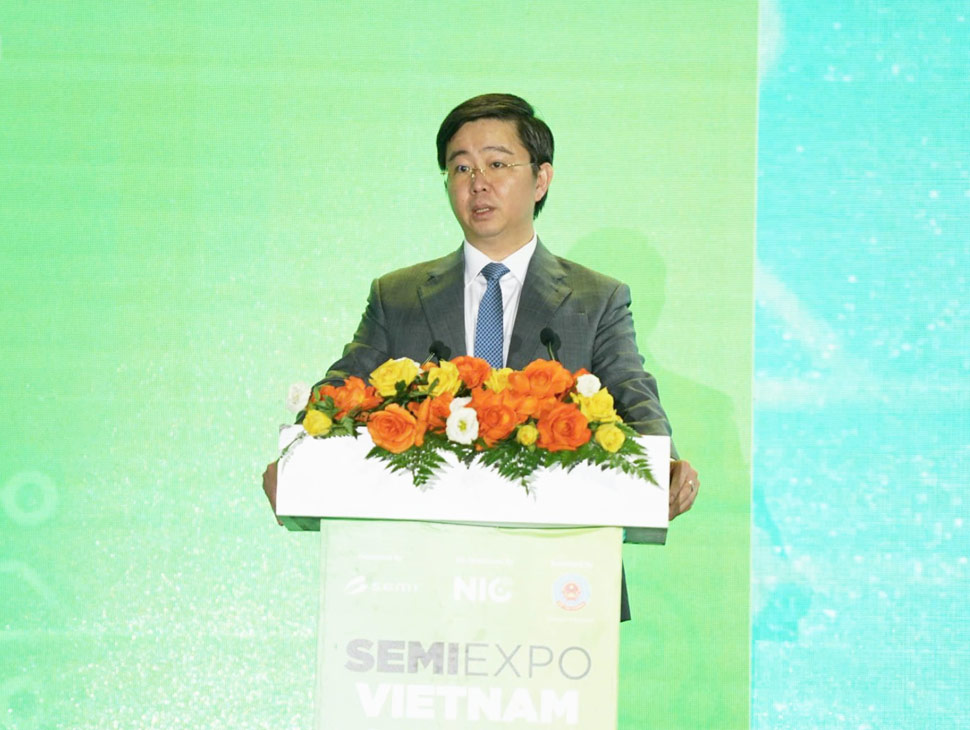
Speaking at the SEMIExpo Vietnam 2025 International Exhibition on November 7, Deputy Minister Bui Hoang Phuong affirmed: Semi-finishing is a strategic technology, playing a key role in improving competitiveness, promoting economic growth and affirming national position. This is a fundamental infrastructure industry for all fields in the digital age, and Vietnam needs to take a strategic step to participate more deeply in high-value added stages such as chip design and manufacturing.
According to the Deputy Minister, the strategy for developing the semiconductor industry to 2030, with a vision to 2050, is summarized in the formula "C = SET + 1".
In which, C is a semiconductor chip - the center of all innovation activities; S (Specialized) is the development of specialized chip lines, serving Vietnamese areas of demand and advantages such as energy, agriculture, healthcare, defense; E (Electronics) is the close connection of the semiconductor and electronics industry, ensuring harmonious and inseparable development of the existing ecosystem; T ( Talent) is the talent - the pillar of every strategy, focusing on training in design, materials, packaging - testing chips; "+1" symbolizes Vietnam - a safe, stable and reliable destination in the global supply chain.
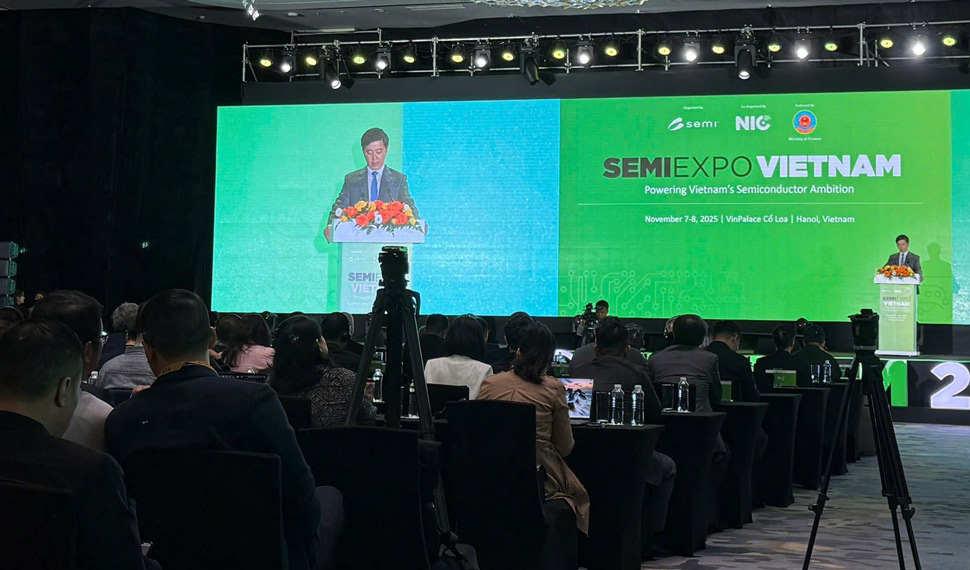
The Deputy Minister emphasized: Vietnam is not lagging behind, but is going hand in hand with the new trend of the world, when chip manufacturing and design centers are looking for safe, stable locations with young human resources.
He said that the Ministry of Science and Technology is coordinating with ministries and branches to build a complete semiconductor ecosystem, including a special incentive mechanism, an innovation investment fund and a human resource training program according to international standards. Currently, Vietnam has dozens of microchip design enterprises with about 7,000 engineers, along with more than 15 enterprises operating in the field of packaging, testing and manufacturing equipment - the foundation for the next development stage.
In addition to advantages, the Deputy Minister also pointed out the major challenges of the Vietnamese semiconductor industry: limited domestic research capacity, incomplete supply chain and shortage of high-quality human resources. To overcome this, the Deputy Minister said that it is necessary to think openly in international cooperation, take advantage of trade agreements, attract large corporations to participate in investment, technology transfer and human resource training.
According to the orientation of the Ministry of Science and Technology, the goal by 2030 is to make Vietnam a leading semiconductor human resource center in the region, and at the same time form at least two national chip research and design centers.
Concluding his speech, Deputy Minister Bui Hoang Phuong emphasized: We have advantages in terms of human resources and political stability - two most important factors for going the long way. If it combines creative thinking, a spirit of learning and flexible policies, Vietnam can completely rise to become a country with a position on the world semiconductor map.



